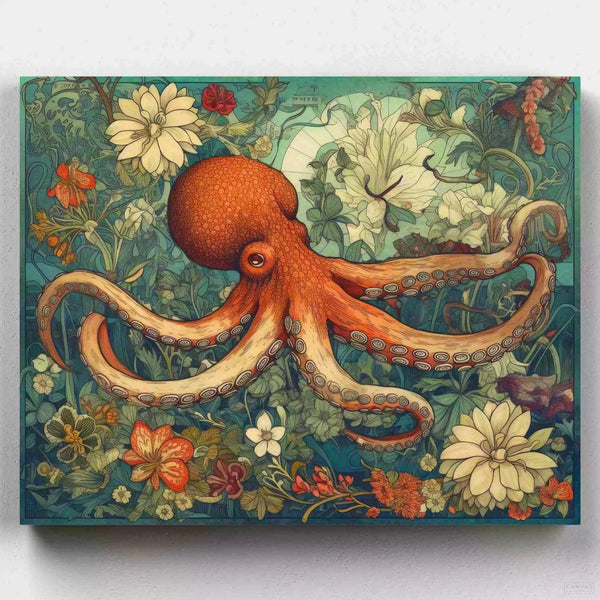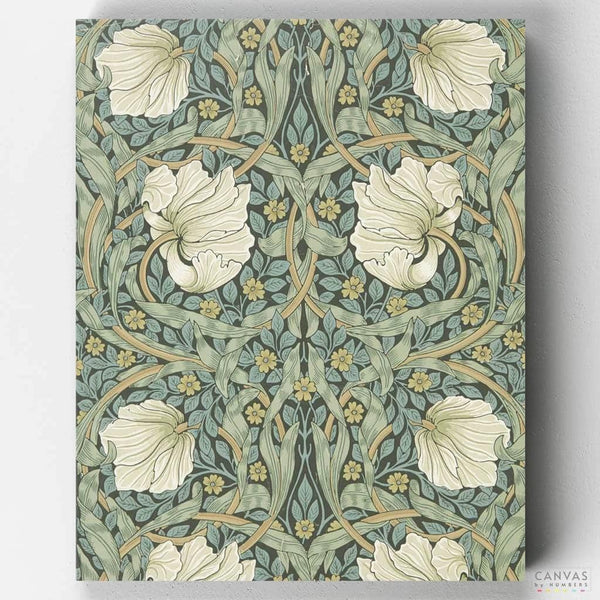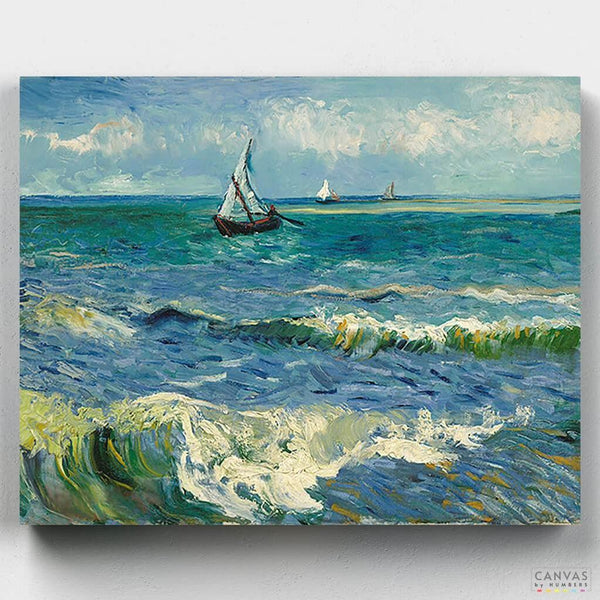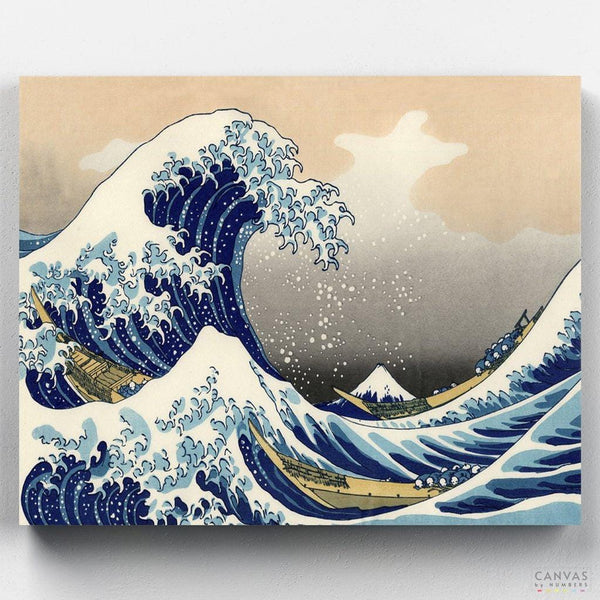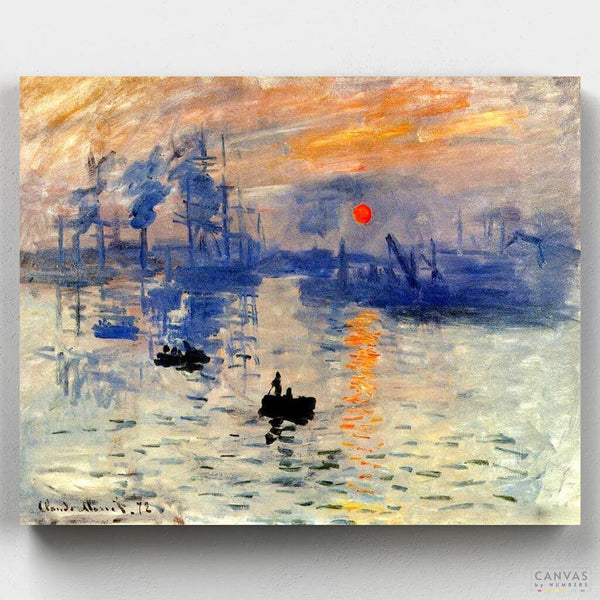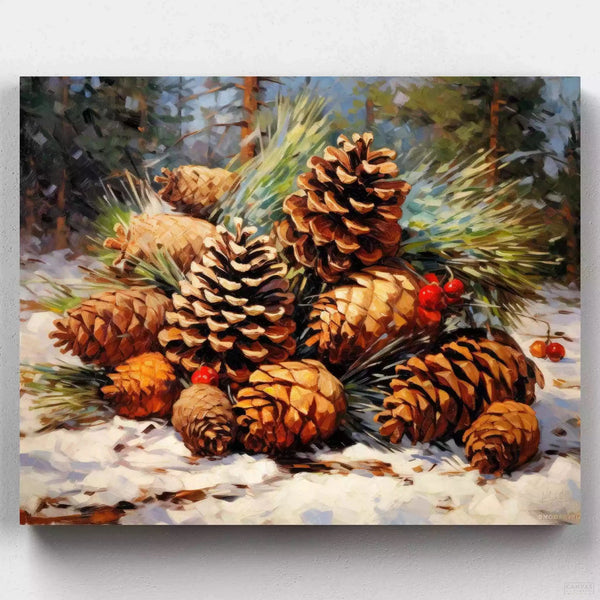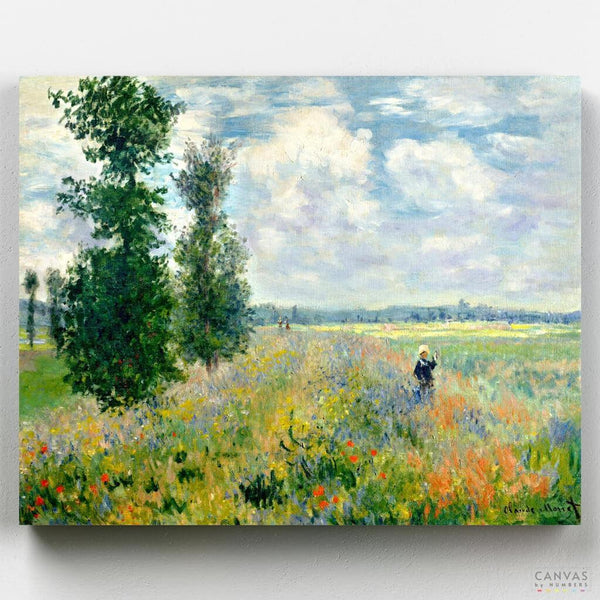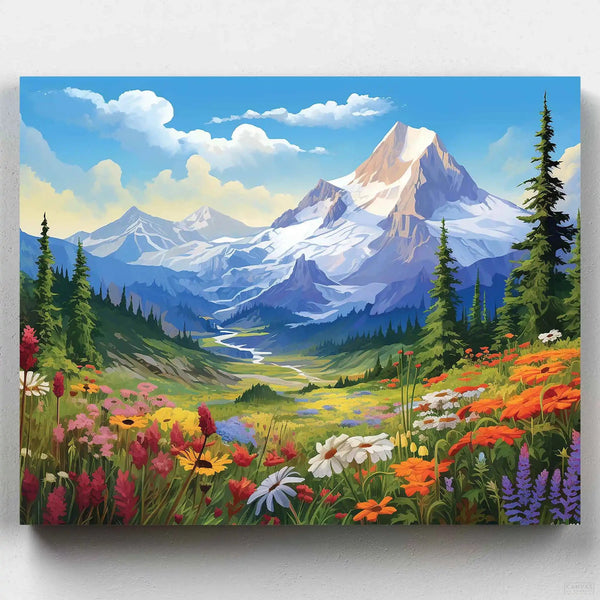The late 19th and early 20th centuries were a period of great upheaval politically, economically, and socially, all while tensions between countries cast a growing shadow of the First World War on the horizon.
Existential anguish, rebellion against conventions, and a critical attitude towards the established order led to the emergence of new artistic and cultural movements known as avant-gardes, first in Europe and later in countries such as Argentina, Mexico, and Chile in America.
As one of the arts, painting was not exempt from avant-garde movements, among which the Impressionism, Post-Impressionism, Expressionism, and Modernism stood out, among many others.
The origin of the word "vanguardism"
The word "vanguardism" was borrowed from the military term "vanguard," which refers to the foremost part of a group.
Artists, whether they were painters, writers, architects, etc., used it metaphorically to describe a cultural attitude contrary to the conventions of an orthodox society. It was like a "spearhead" that penetrated and tore apart the stagnant ideology of the time, offering art forms that would shake people's consciousness.
Characteristics of vanguardism
It's important to note that vanguardism was composed of a heterogeneous group of art forms and artistic movements, each with its own particular characteristics. However, we can identify four general traits common to vanguardist movements:
1. Break with artistic tradition
Up until vanguardism (excluding perhaps Romanticism), art used to adhere to a set of academic norms used to determine what constituted art and what did not. However, vanguardist artists rejected any imposition, as well as the classical concept of beauty and faithful reproduction of nature. For them, art as a form of expression had to "break" with the established norms and not follow a predetermined path set by academic elites.
2. Questioning and dissent with reality
Vanguardist movements openly criticized the increasingly bleak reality of the time, in contrast to the realist painters of previous decades who sought to objectively depict reality no matter how harsh it was.
3. Originality and experimentation
Creative exploration was a fundamental component of vanguardist movements. In their constant search for originality, it was not uncommon for a vanguardist movement to aim to break with or succeed the previous one, hence why no specific tradition was ever established within vanguardism.
4. Provocation and sarcasm
Vanguardists, influenced by rising political and social movements such as anarchism, socialism, or Marxism, were opposed to capitalist and bourgeois society, even resorting to ridiculing and provoking it through art.
Vanguardist movements in painting
Specifically in the field of painting, we can mention several vanguardist movements, starting with one of the earliest to emerge.
Impressionism
Although Impressionism is not always considered a vanguardist movement in itself, it laid the foundations for the avant-gardes that would emerge in subsequent years.
Impressionist painters had a changing view of reality, seeing it as something fluid. These artists were guided by instant sensory perception, which they sought to capture on the canvas through the use of overlapping colors, the prominence of light, innovative compositions and angles, and the suppression of details in favor of the overall impression.
Claude Monet, with his painting Impression, Sunrise (1872), is regarded as the father and foremost exponent of Impressionist painting, setting the new path that painting should follow.
Post-Impressionism
Post-Impressionism, inspired by Impressionism and with certain expressionistic elements, took a further step towards a subjective vision of reality. This is one of the characteristics that distinguish it from its "parent," Impressionism, although it does not reach the heightened subjectivity of expressionist painting.
Post-Impressionist painters exhibited greater formal freedom than the Impressionists, particularly evident in their use of color and brushstrokes. In post-Impressionist paintings, colors, forms, and brushstrokes do not correspond to those found in nature; rather, they are distorted according to the expressive intention of the artist.
Of course, discussing Post-Impressionism means discussing Vincent van Gogh and his Starry Night (1889), one of the most famous post-Impressionist paintings in the world.
Expressionism
The roots of this artistic vanguard can be found in Edvard Munch's famous painting The Scream (1893). Munch, a painter affected by dementia and alcoholism, sought to capture his existential anguish through his work.
The pessimistic and distressing vision of reality depicted in The Scream was taken up by the expressionist painters in Germany during the early 20th century. As a result, these painters distorted reality to the extreme, employing abstract forms and an intense color palette to create paintings that reflected the inner and inevitable tragedy of the artist.
Vasily Kandinsky and Franz Marc were among the foremost representatives of expressionist painting, with their most famous works being Houses in Munich (1908) and The Yellow Cow (1911), respectively.
Modernism
Some art historians use "modernism" as a synonym for avant-garde movements. However, modernist painting or Art Nouveau can also be considered as a distinct subgenre within the avant-gardes.
The prominent representative of this avant-garde movement in painting was Czech artist Alphonse Mucha, who combined painting, illustration, and graphic design to create lithographs and posters depicting women in sensual garments, with long flowing hair, surrounded by vegetal elements that also showed influences from Arab and Japanese (ukiyo-e) art.
In fact, it could be said that Mucha's distinctive style laid the foundation for modern advertising posters. One of the most famous examples is Champenois, Detail (1897).
The paintings of the avant-garde, within your reach
Through their work, avant-garde painters escaped their personal reality while striving to find a new concept of aesthetics. This dual objective, whether achieved or not, ensured their place in art history due to the misunderstood, original, and rebellious nature that marked their lives.
Decades after their deaths, we now have a way to travel back in time and put ourselves in the shoes of one of the avant-garde painters we have just explored. We can escape from reality (even if it is no longer as bleak) just as they did when they picked up their brushes.
Taking a moment for ourselves, away from the routine of work or study, has countless benefits for our mental health. Painting, for example, is one of the activities that allows us to disconnect and relieve daily stress.
We want to accompany you in that moment of escape and disconnection, as you paint one of the avant-garde paintings we discussed earlier with your own hands.
Moreover, you can do it even if it's your first time facing a canvas, as with the paint by numbers system, you only need to apply the indicated color in the corresponding numbered area.
Have you ever wondered if you have an artist's soul?
Discover it by painting one of these avant-garde paintings from Canvas by Numbers.
Impression, Sunrise - Claude Monet
Starry Night - Vincent Van Gogh
Houses in Munich - Wassily Kandinsky
Yellow Cow - Franz Marc
Champenois, Detail















